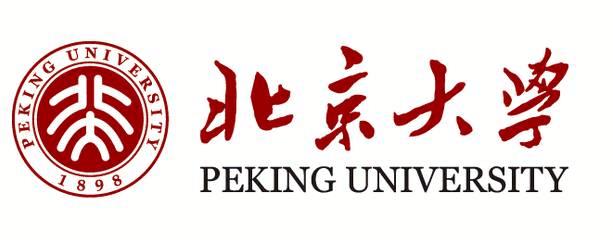Department of Physical and Chemical Inspection
General situation
The predecessor of the Department of Physical and Chemical Inspection was the Department of Hygienic Chemistry, which was founded in 1977. In 2000, the Department of Hygienic Chemistry merged with the Virology Laboratory into the Institute of Hygienic Inspection. In 2012, it changed to the Department of Hygienic Inspection, and in 2014, it became the Department of Chemical and Physical Inspection independently. Physical and chemical inspection, as a research direction of the authorized master's degree in Labor Hygiene and Environmental Hygiene, has been recruiting postgraduates since 1995. In 2007, it was approved as the authorized point for doctoral and master's degree in health inspection.
Faculty
Currently there are six full-time faculty members, including two professors, two lecturers, two postdoctoral fellows, among whom there are one doctoral supervisor and two master's supervisors. All faculty members have doctoral degrees. Some have served concurrently as evaluation experts of the State Pharmaceutical Administration, the Ministry of Science and Technology, the Ministry of Education, the State Natural Fund Committee and other departments, as well as chairmen, vice-chairmen, directors, members and editorial committees of various academic journals and professional societies.
Personnel training
Courses offered by the department include Hygienic Analytical Chemistry, Air Physical and Chemical Testing, Water Quality Analysis, Food Physical and Chemical Testing, Biological Material Testing, Modern Hygienic Analysis, Hygienic Chemistry and their experimental courses. The total number of courses undertaken by the department is 13. The students include undergraduates and postgraduates of health inspection, preventive medicine and internet education. By the end of 2018, thousands of undergraduates and more than 100 postgraduates have been trained.
Scientific Research and Achievements
The Department of Physical and Chemical Inspection currently has the Engineering & Technology Research Center of Food Safety Monitoring and Evaluation of Shandong Province and the Research Center of Healthy Aging and Longevity of Shandong University. Main research directions include: 1. Metal toxicity and intervention; 2. Research on new anti-AD drugs; 3. Biological effects of nanomaterials; 4. Analysis of longevity factors; 5. Toxicity and intervention of environmental hormones; 6. Food safety. In recent years, the department has completed three projects of the National Natural Science Foundation of China, 15 provincial and ministerial projects, and more than 50 other topics, and have won the first prize for outstanding achievements in Soft Science of Shandong Province. More than 300 papers have been published in important academic journals, of which more than 70 papers have been indexed by SCI. As editor-in-chief, deputy editor or member of editorial board, some teachers participated in the compilation of more than 10 national planning textbooks, such as Instrument Analysis, Air Physical and Chemical Testing, Food Physical and Chemical Testing, Water Quality Analysis, Comprehensive Experiment of Preventive Medicine and Analytical Chemistry Experiment, and more than 20 other textbooks or academic monographs.
Social services
The Department of Physical and Chemical Inspection is one of the most important departments in the Hygienic Analysis and Testing Center of Shandong University, and utilizes its own advantages to serve the society. It undertakes the task of testing health food. There have been more than 1000 samples of health food tested, involving more than 200 indicators. Relying on the platform of schools, colleges and enterprises, the department carries out the horizontal combination of production, teaching and research, and has completed more than 20 horizontal projects.





